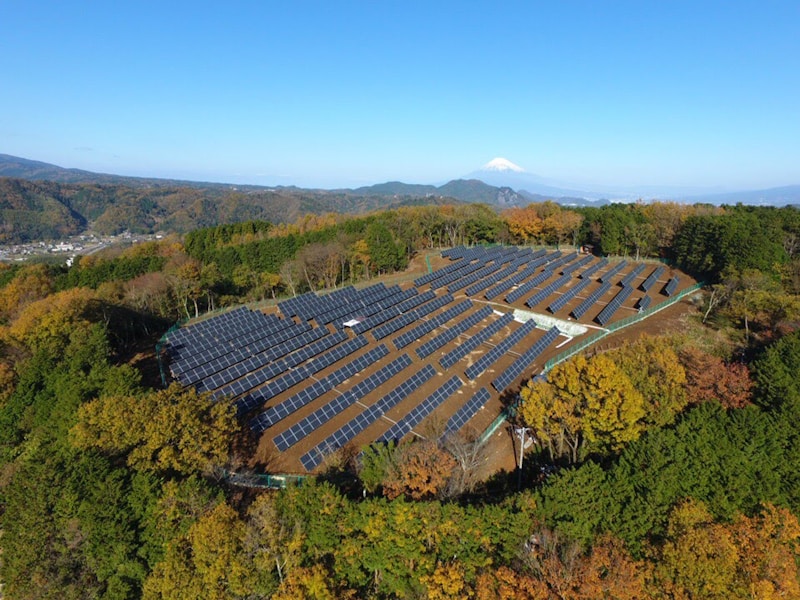14 Questions
What is the primary function of ATP in chemical work?
Building macromolecules
Which cellular processes require a steady supply of energy?
Protein synthesis and cilia movement
What is the role of NADPH in cellular reactions?
Gaining electrons in reduction reactions
What is the original meaning of 'reduction' in the context of redox reactions?
Removing oxygen
Which type of work in the cell involves ATP for muscle contraction and cilia movement?
Mechanical work
What is the function of ADP + Pi in relation to ATP?
Synthesizing ATP from ADP + Pi
What is the main function of NADPH?
To store and release energy in the form of high-energy phosphate bonds
What is the role of ATP synthase in the cell?
To provide energy for the cell through synthesis of ATP
Which process involves the addition of a water molecule to break the phosphoanhydride bonds in ATP?
Hydrolysis
What occurs when a phosphate bond in ATP is broken?
Energy is released
Which molecule contains high-energy phosphate bonds that store and release energy?
ATP
What is the main function of Adenosine Monophosphate (AMP)?
To store and release energy in the form of high-energy phosphate bonds
What type of reaction is Endergonic?
It is spontaneous and energy is absorbed
What occurs when any of the phosphate bonds in ATP are broken or formed?
Energy is involved
Study Notes
Energy and ATP
- ATP (Adenosine Triphosphate) is the primary energy currency of the cell, providing energy for various cellular processes.
- Cellular processes that require a steady supply of energy include muscle contraction, cilia movement, and biosynthesis.
Redox Reactions and NADPH
- NADPH (Nicotinamide adenine dinucleotide phosphate) is a reducing agent that plays a crucial role in cellular reactions, particularly in anabolic pathways.
- The original meaning of 'reduction' in the context of redox reactions refers to the gain of electrons.
ATP Synthesis and Hydrolysis
- ATP synthase is an enzyme that generates ATP from ADP and Pi (inorganic phosphate) during oxidative phosphorylation.
- The addition of a water molecule to break the phosphoanhydride bonds in ATP is known as hydrolysis.
- When a phosphate bond in ATP is broken, energy is released and can be utilized by the cell.
Energy Storage and Release
- ATP contains high-energy phosphate bonds that store and release energy as needed by the cell.
- When any of the phosphate bonds in ATP are broken or formed, energy is either released or stored.
Nucleotides and Endergonic Reactions
- Adenosine Monophosphate (AMP) is a nucleotide that plays a role in energy signaling and metabolism.
- Endergonic reactions are chemical reactions that require energy input, often in the form of ATP.
Explore the breakdown and building up of ATP in biological systems, and its role in chemical, transport, and mechanical work such as protein synthesis, membrane transport, and muscle contraction.
Make Your Own Quizzes and Flashcards
Convert your notes into interactive study material.




